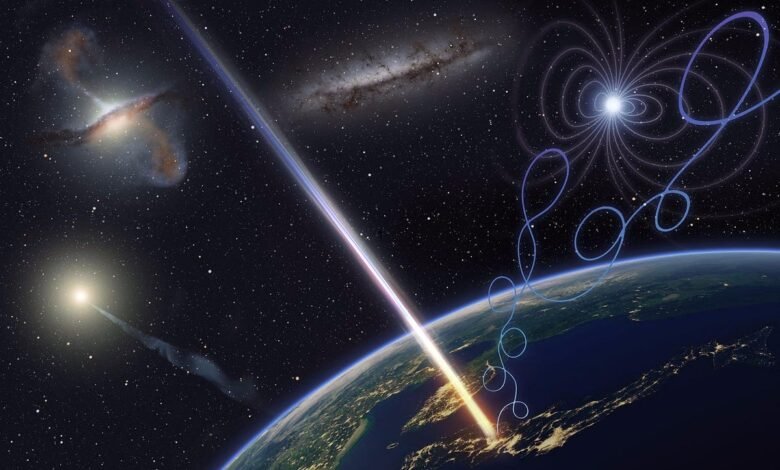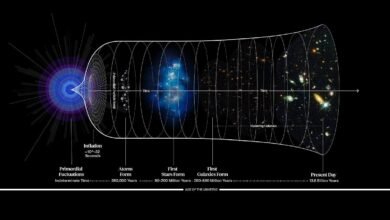The simplest explanation for ultra-high-energy cosmic rays | by Ethan Siegel | Starts With A Bang! | Dec, 2023

The highest-energy particles could be a sign of new, unexpected physics. But the simplest, most mundane explanation is particularly iron-ic.
Earth, whether we like it or not, serves as a cosmic particle detector on a continuous basis. It isn’t just light waves that travel through the Universe, nor is that light merely joined by gravitational waves and ghostly neutrinos. In truth, cosmic particles and antiparticles of all types are produced in high-energy processes throughout the Universe, from the Big Bang to stars to white dwarfs to neutron stars to black holes, both large and small. When we put detectors up to detect what sorts of particles are out there, we find a virtual zoo, including:
- protons,
- antiprotons,
- electrons,
- positrons,
- and even still-heavier atomic nuclei, made out of protons and neutrons combined.
Most cosmic rays, as we measure them, turn out to be protons, and just as you’d expect, there are more of them at lower energies and fewer and fewer of them as you look to ever-higher energies. However, there’s a theoretical limit to how energetic even the highest-energy cosmic rays ought to be: about 50 exa-electron-volts (50 EeV, or 5 × 10¹⁹ electron-volts), a limit known as the GZK cutoff. In 1991, the Fly’s Eye camera in Utah observed a particle so energetic it baffled astrophysicists, who termed the 320 EeV particle the Oh-My-God particle. 30 years later, in 2021, we saw our second particle of comparably large energies, with the Telescope Array Collaboration observing a 240 EeV particle.
Although it’s easy to find headlines about scientists being baffled by such particles, the sober truth is we have an excellent idea of what’s going on. Here’s the simplest explanation, which some might even dare to call “ironic.”
The science, and census, of cosmic rays
Source link




